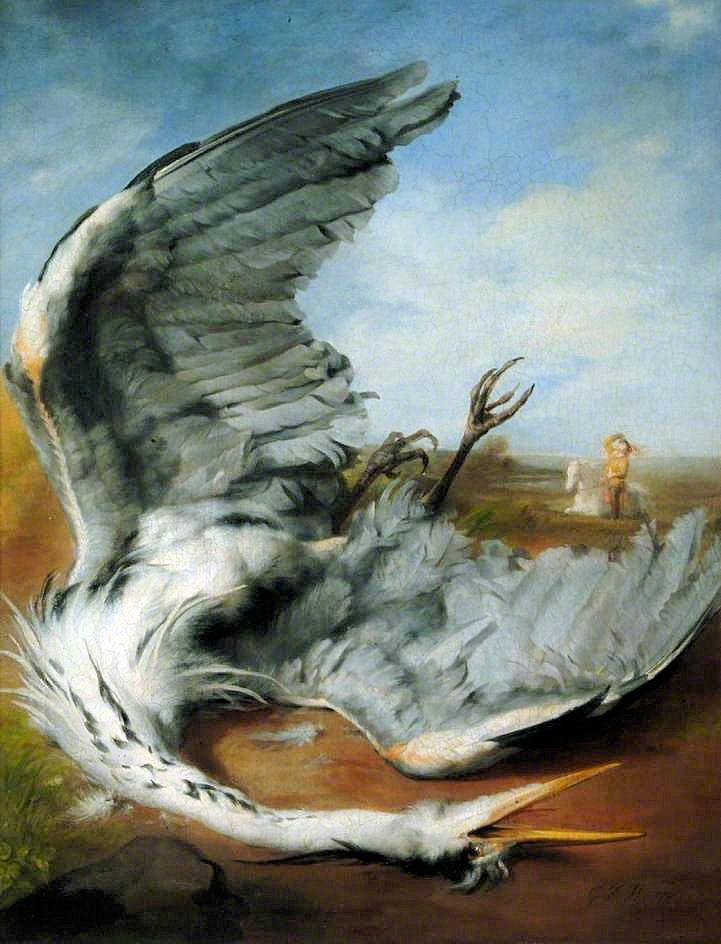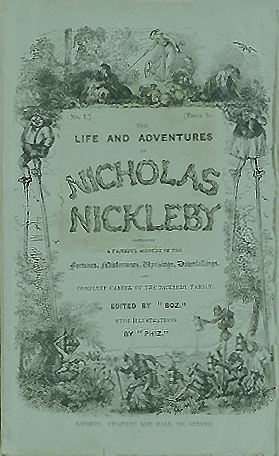JANE EYRE and the Arts

It is often instructive to look at what else was developing and popular at the time of a book’s publication. I asked two cast members to research literature, music and art of the 1840s, to better put Jane Eyre in context. Deborah Dambra and John Dunlap, both of whom play multiple roles (see cast list), provided the background information for this post.

The 19th century saw the rise of romanticism, whose strong association with the natural world was frequently used in symbolic ways to express abstract ideas. Some notable British painters of the first half of the 1800s are George Frederick Watts, J.M.W. Turner, and Edwin Lapseer–a notable painter of animals, including dogs, horses and stags.
Art has the strongest ties to Jane in the novel: Jane herself is an artist of some skill, who prefers rather bleak landscapes and somewhat macabre subjects. As a child she is drawn to the paintings of birds in their native habitat found in a book of naturalism in her uncle’s library. When trying to persuade herself out of her growing feelings for her employer, she decides to do a portrait in pure, soft pastels of the beautiful Blanche Ingram, and a plain charcoal portrait of herself, in order to underline the contrast between them.
When asked by Rochester if she plays the piano, Jane’s reply is “a little” and nothing in her performance seems to contradict that estimation of her skill. Women were rather expected to play piano or harp as part of their education; a piano was part of the standard furniture of every upper class home. There was an ever-increasing supply of Romantic composers’ music to add to their repertoire. In 1840 a number of giants of the music world were at the peak of their powers, among them: Gaetano Donizetti, Felix Mendelssohn, Franz Liszt and Robert Schumann.
Among the middle and lower classes, broadside ballads continued to be popular and cheaply available (“The Poor Orphan Child”, which Bessie sings to young Jane, may be supposed to be one of these). In a few years brass bands would become enormously popular and local bands would spring up in every village and town.

Another societal issue in England at the time was class struggle, particularly the growth and acceptance of the middle class. Dickens writes often disparagingly of the “nouveau riche” and Thackery’s epic novel Vanity Fair follows the exploits of an opportunistic gold-digger, Becky Sharp. If Bronte’s Jane Eyre was considered subversive it was probably due in part to the positive portrayal of a governess marrying a gentleman above her station.
